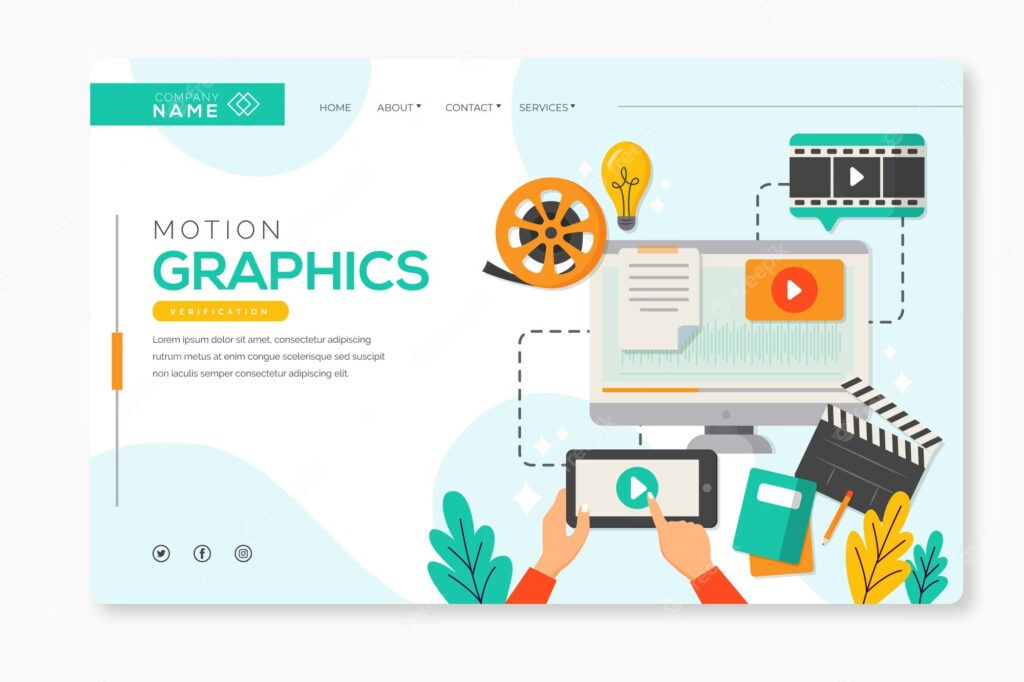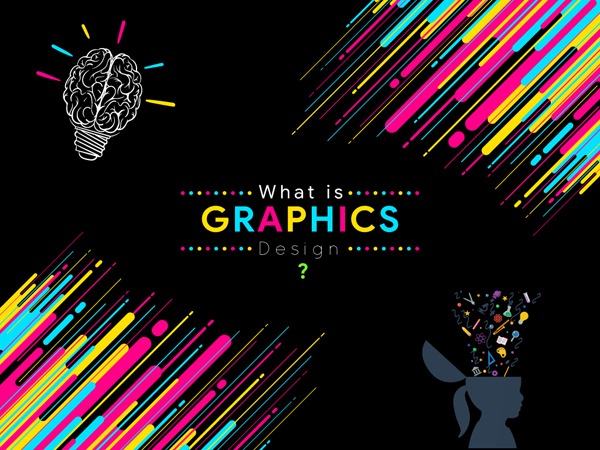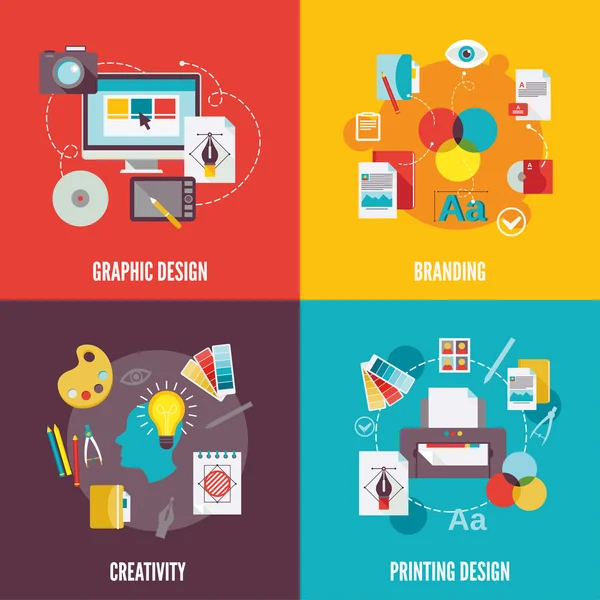In today’s fast-paced and visually-oriented world, crafting a strong brand identity has become paramount for businesses striving to stand out and make a lasting impact on their target audience. One of the key pillars of a successful brand identity is strategic graphic design. This article will delve into the crucial role that strategic graphic design plays in shaping a brand’s identity and perception.

Introduction
In a world bombarded by information, creating a distinctive brand identity has become a strategic necessity. It goes beyond just a logo; it encompasses the visual elements that communicate a brand’s personality, values, and essence. One of the most impactful tools in this journey is strategic graphic design.
Understanding Brand Identity
Brand identity is the way a company portrays itself to the world. It’s a combination of visual and intangible elements that establish a brand’s presence and recognition. Strategic graphic design contributes to building this identity by effectively translating the brand’s message into a visual language that resonates with the target audience.
The Role of Graphic Design
Graphic design acts as the bridge between a brand’s ideas and the audience’s perceptions. It shapes how the brand is perceived by evoking emotions, creating associations, and establishing a consistent visual language.

Elements of Effective Graphic Design
Color Psychology
Colors have a profound impact on human emotions and perceptions. Strategic use of colors in graphic design can influence how the audience feels about a brand. For example, blue can convey trust, while red evokes passion and energy.
Typography Matters
Typography is more than just choosing fonts; it’s about selecting the right ones that align with the brand’s voice. A playful font for a children’s brand and a sophisticated one for a luxury brand, for instance.
Logo as a Visual Anchor
A logo is the visual embodiment of a brand. It should be simple, memorable, and reflective of the brand’s identity. Think of iconic logos like Apple or Nike – they instantly bring the brand to mind.
Consistency Across Platforms
Maintaining consistency in design across various platforms is vital for brand recognition. Whether it’s the website, social media, or packaging, a consistent design language reinforces the brand identity.
Connecting with the Target Audience
Graphic design allows brands to establish an emotional connection with their audience. Through carefully crafted visuals, brands can communicate their values and resonate with the aspirations of their target demographic.

Creating a Memorable Logo
A well-designed logo is a powerful asset. It’s the face of the brand and often the first thing people remember. Crafting a logo that encapsulates the brand’s essence is a cornerstone of effective graphic design.
Visual Storytelling through Design
Humans are wired to connect through stories. Graphic design enables brands to tell stories visually, making complex concepts easier to understand and more relatable.
Infusing Brand Values into Design
Every brand has core values. Strategic graphic design can translate these values into visual elements, creating a cohesive and authentic brand image.
Adapting to Different Platforms
Graphic design should be adaptable to various platforms and devices. Whether it’s a large desktop screen or a small smartphone, the design should remain impactful and engaging.
Building Trust and Credibility
Consistent and well-executed design builds trust. A professional and aesthetically pleasing design implies quality and reliability.

Measuring Graphic Design Success
Measuring the success of graphic design goes beyond aesthetics. Metrics like brand recognition, customer engagement, and conversion rates provide insights into its effectiveness.
Staying Ahead in a Dynamic Market
The market is ever-evolving, and so should a brand’s design. Keeping up with design trends while staying true to the brand identity is a delicate balance that can yield significant rewards.
Collaboration between Designers and Marketers
Designers and marketers should work hand in hand. Design should not only be visually appealing but also aligned with marketing goals to drive results.
The Future of Strategic Graphic Design
As technology advances, graphic design will continue to evolve. Brands will need to embrace new mediums and techniques to keep their visual identity fresh and relevant.
Conclusion
In the world of branding, strategic graphic design is not just about creating visually pleasing elements; it’s about crafting a narrative that resonates with the audience, communicates values, and establishes an emotional connection. A well-executed design strategy can be the catalyst for a brand’s success, leaving a lasting impression in the minds of consumers.
FAQs

- Why is graphic design crucial for brand identity? Strategic graphic design visually communicates a brand’s message, values, and personality, establishing a strong and memorable identity.
- How does color psychology influence design? Colors evoke emotions and perceptions. Using the right colors can evoke specific feelings that align with the brand’s identity.
- What makes a logo effective? An effective logo is simple, memorable, and reflects the essence of the brand.
- Why is consistency important in graphic design? Consistency across platforms reinforces brand recognition and builds trust with the audience.
- How can brands adapt design for different platforms? Adaptable design ensures that the brand’s message remains impactful, regardless of the platform or device.











